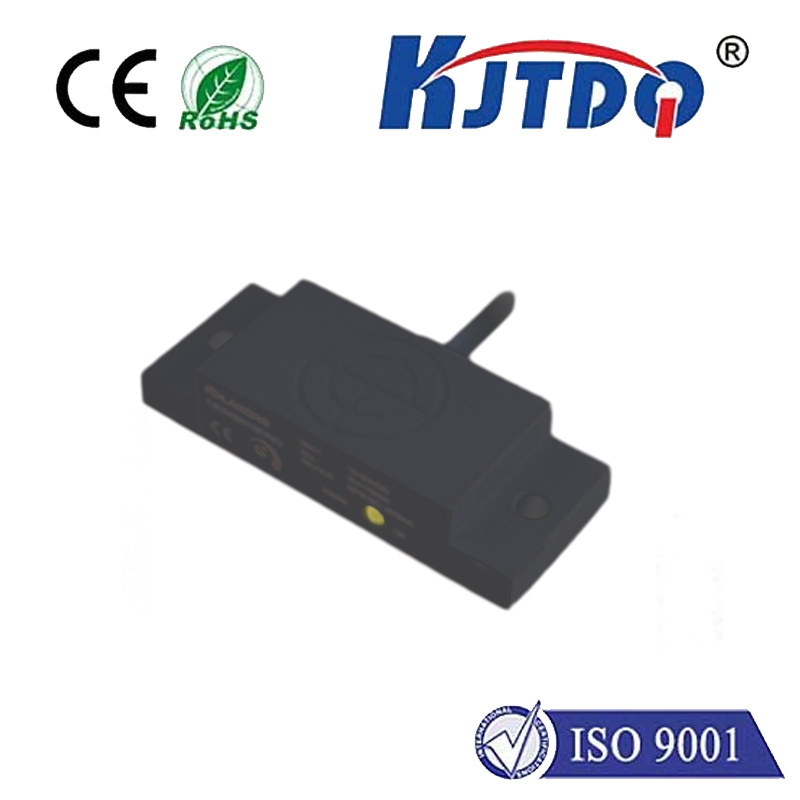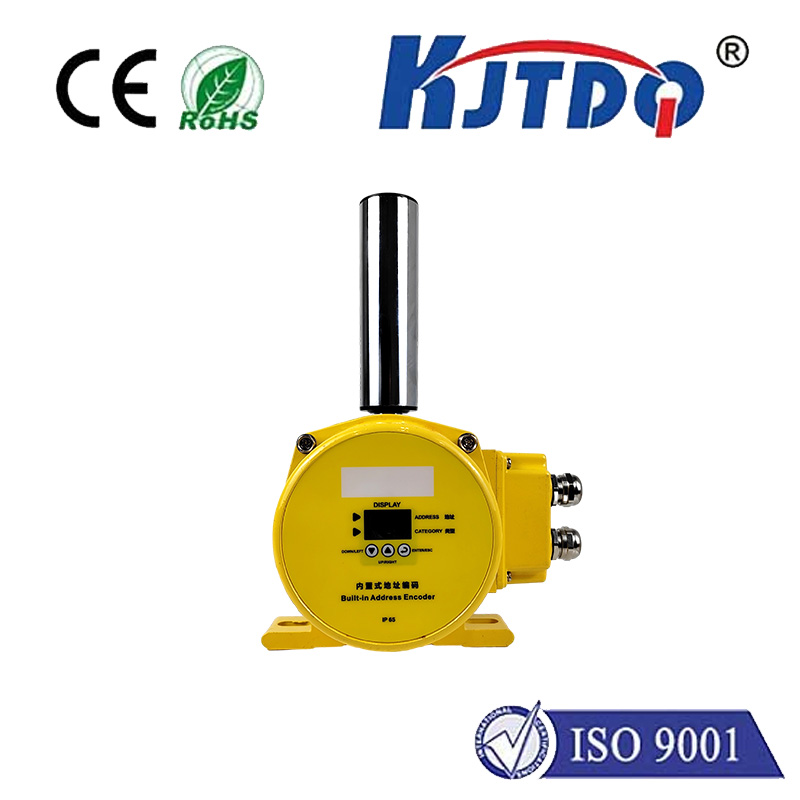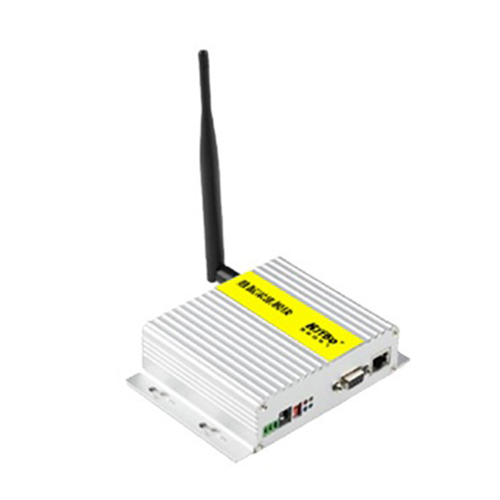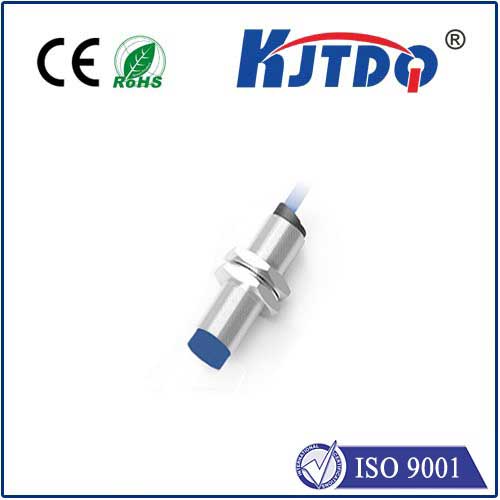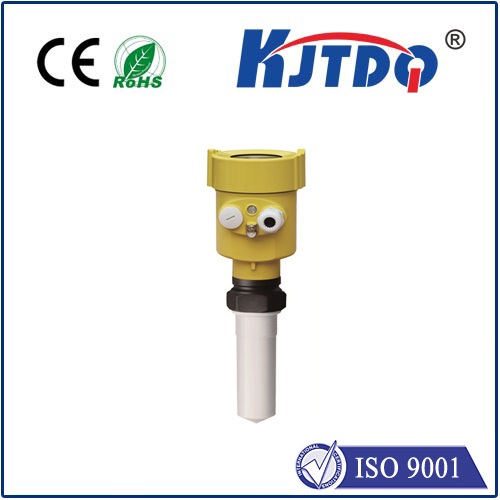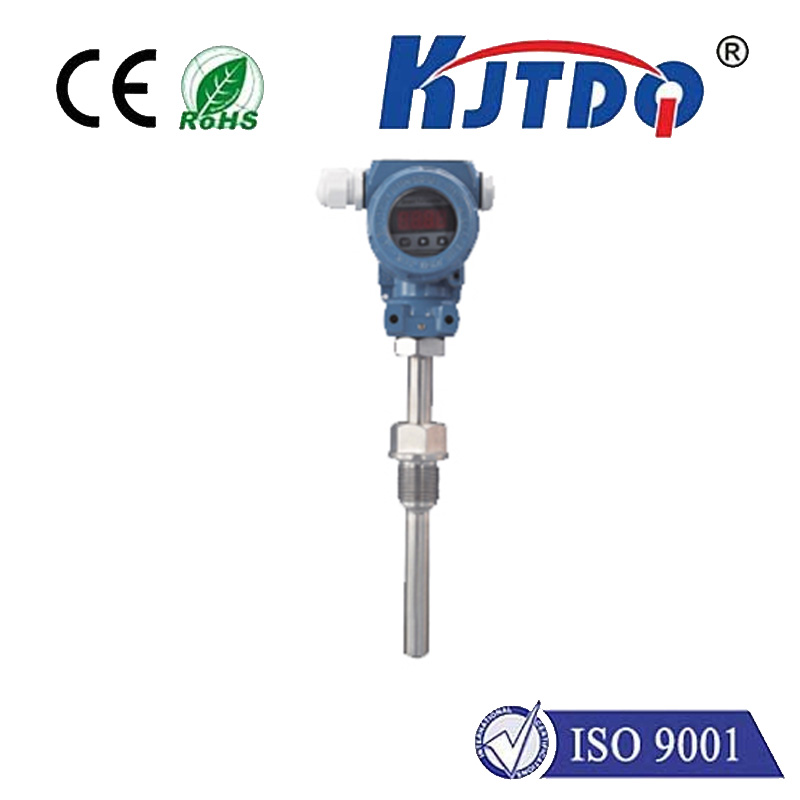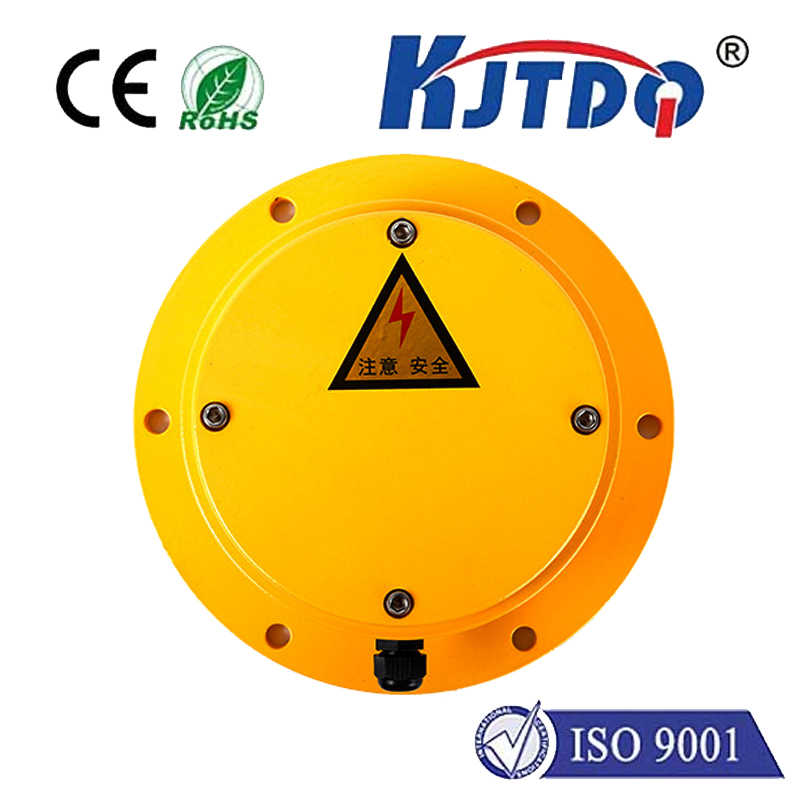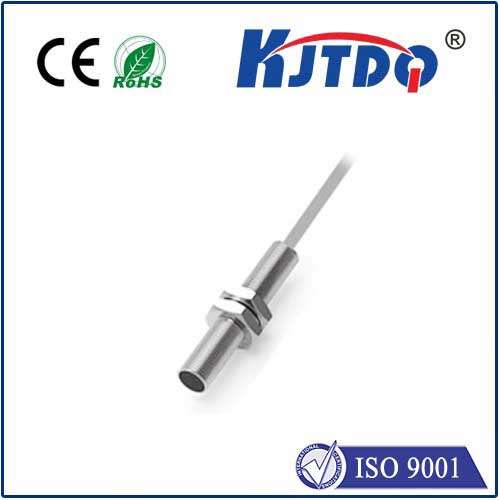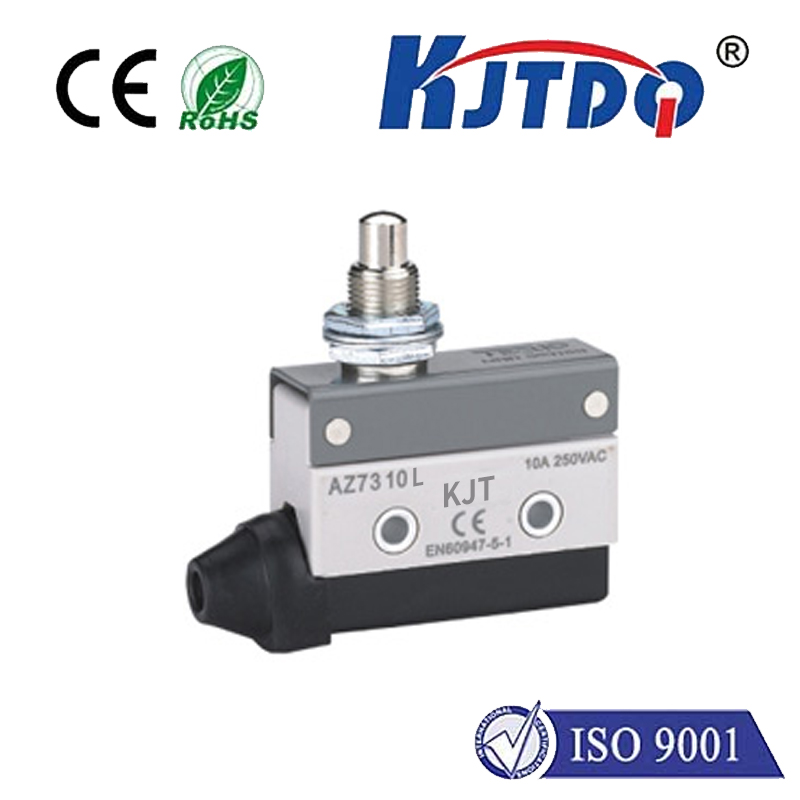
Проверка

Проверка

Проверка

Проверка

Проверка
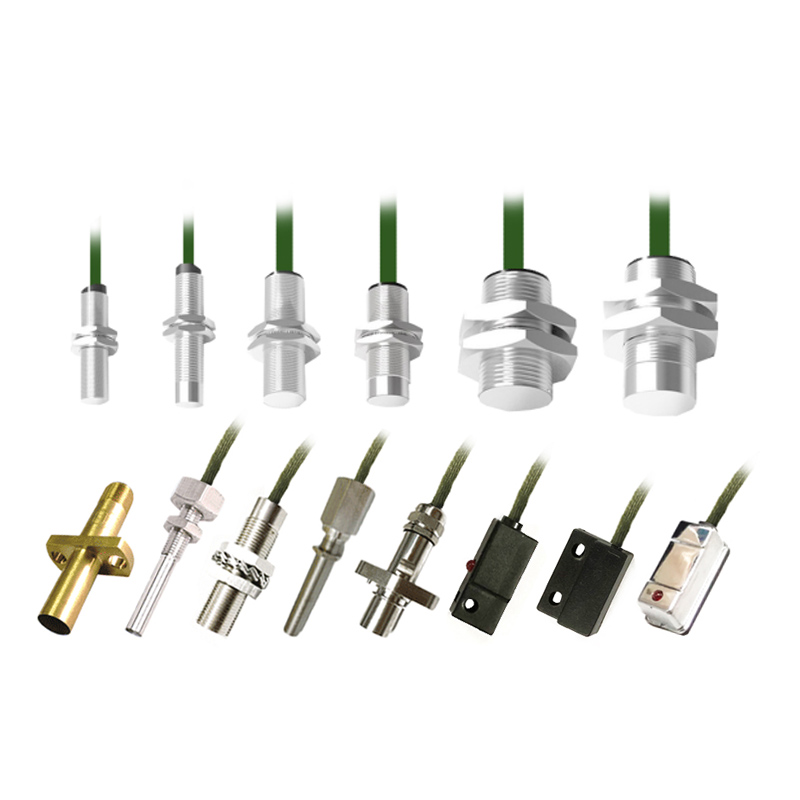
Проверка
Imagine holding a device that can detect objects with pinpoint accuracy, from robotic arms in factories to smartphones navigating crowded environments. That’s the magic of the VL53L0X distance sensor—a marvel of modern engineering that delivers laser-sharp precision without bulky components. Developed by STMicroelectronics, this compact sensor leverages cutting-edge time-of-flight (ToF) technology to measure distances up to 2 meters with astonishing reliability. As industries embrace smarter automation and IoT innovations, the VL53L0X stands out as a go-to solution for applications demanding high efficiency and minimal footprint. Whether you’re a hobbyist tinkering with robotics or a professional designing next-gen gadgets, understanding this sensor unlocks a world of possibilities for seamless proximity detection.
At its core, the VL53L0X operates on the principle of time-of-flight, a technique that calculates distance by measuring the time it takes for infrared light to bounce back from an object. Unlike traditional ultrasonic or infrared sensors, ToF technology eliminates common pitfalls like interference from ambient light or surface reflections. The VL53L0X emits a focused laser pulse, and its integrated receiver times the return journey, resulting in millimeter-level accuracy. This method, inherently immune to color or texture variations, makes it ideal for real-world scenarios where reliability matters—such as avoiding collisions in drones or enabling gesture controls in wearables. STMicroelectronics has refined this approach to ensure low power consumption, drawing as little as 20mA during operation, which extends battery life in portable devices. By packing all this intelligence into a tiny 4x4mm package, the sensor exemplifies how miniaturization pushes boundaries without sacrificing performance.

Key features of the VL53L0X distance sensor elevate it beyond compes. Its high resolution—capable of detecting changes down to 1mm—ensures that even subtle movements translate into actionable data. For instance, in robotics, this precision allows arms to grasp objects gently, while in home automation, it triggers lights or alarms seamlessly as people approach. The sensor’s fast response time, often under 30 milliseconds, means it handles dynamic environments with ease, such as tracking hand gestures in VR headsets or aiding autonomous vehicles in parking assist systems. Wide operating range is another standout: it functions reliably from 0 to 2 meters, adapting to diverse settings without recalibration. Coupled with an I2C interface, integration becomes straightforward, allowing developers to connect it to microcontrollers like Arduino or Raspberry Pi with minimal coding fuss. This simplicity fosters innovation, making the VL53L0X a favorite for prototyping and mass production alike. Yet, it’s not without limitations; factors like intense sunlight can occasionally skew readings, but built-in algorithms mitigate such issues through filtering and averaging.
The versatility of the VL53L0X sensor shines in real-world applications across industries. In robotics, it’s a backbone for obstacle avoidance, enabling drones to navigate forests or factory floors autonomously. Its small size proves invaluable in consumer electronics, where smartphones use it for camera autofocus, ensuring sharp images even in low light. For smart home systems, the sensor enhances security by detecting intrusions or optimizing energy use through occupancy sensing. The IoT sector benefits massively, with devices like smart locks or fitness trackers leveraging its low power draw for long-term, wireless operation. Even in retail, it powers interactive displays that respond to customer proximity, creating engaging experiences. This broad adaptability stems from the sensor’s robust design, which withstands vibrations and temperature fluctuations, making it suitable for harsh industrial environments. Engineers often pair it with other components, such as accelerometers, to build multi-sensor systems that provide comprehensive spatial awareness. Ultimately, this transforms abstract distance data into actionable insights, driving innovation in ways that range from life-saving medical devices to fun DIY projects.
How to harness the VL53L0X effectively involves a few practical steps. First, its I2C compatibility simplifies wiring—connect power, ground, and data lines to a controller, and you’re ready to go. Libraries for popular platforms like Arduino are readily available, allowing users to access distance readings with just a few lines of code. For example, a basic setup might involve initializing the sensor and polling data for real-time feedback. Calibration is minimal; the sensor self-adjusts for variations, though placing it away from reflective surfaces can optimize accuracy. Optimizing performance often includes using shields or cases to block stray light, ensuring consistent results in variable conditions. Developers appreciate the sensor’s reliability in compact designs, as it slots effortlessly into tight spaces without overheating. As you explore integration, remember that its low cost—typically under $5 in bulk—makes it accessible for startups and schools, fostering a community of innovators. Today, with resources like online tutorials and forums, anyone can transform this sensor into a game-changing tool, from building smart pet feeders to advancing industrial automation.
